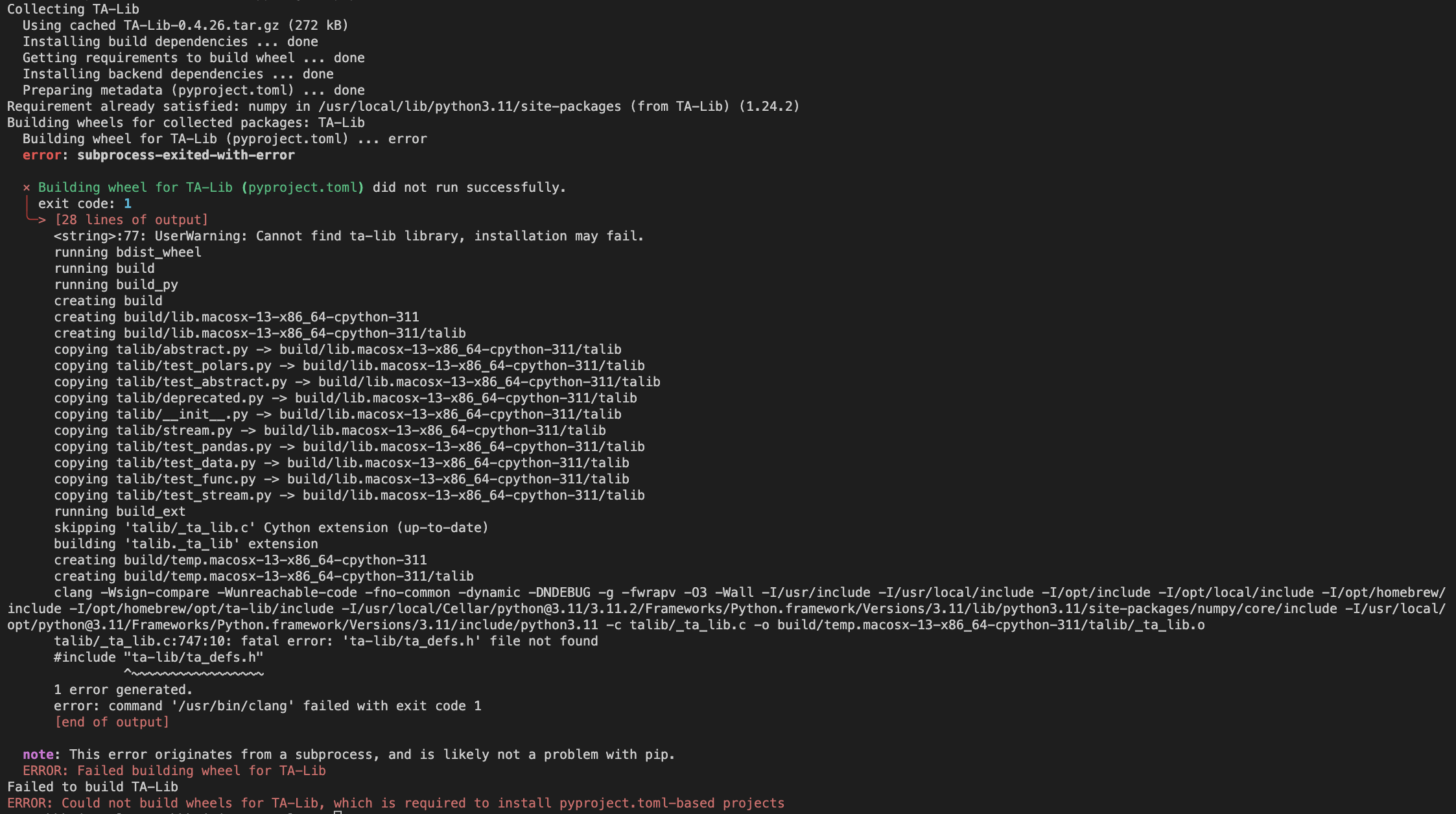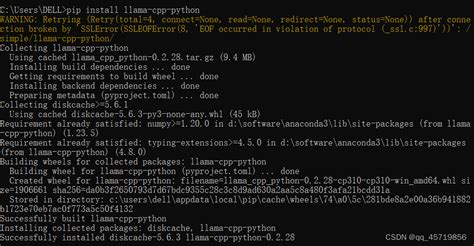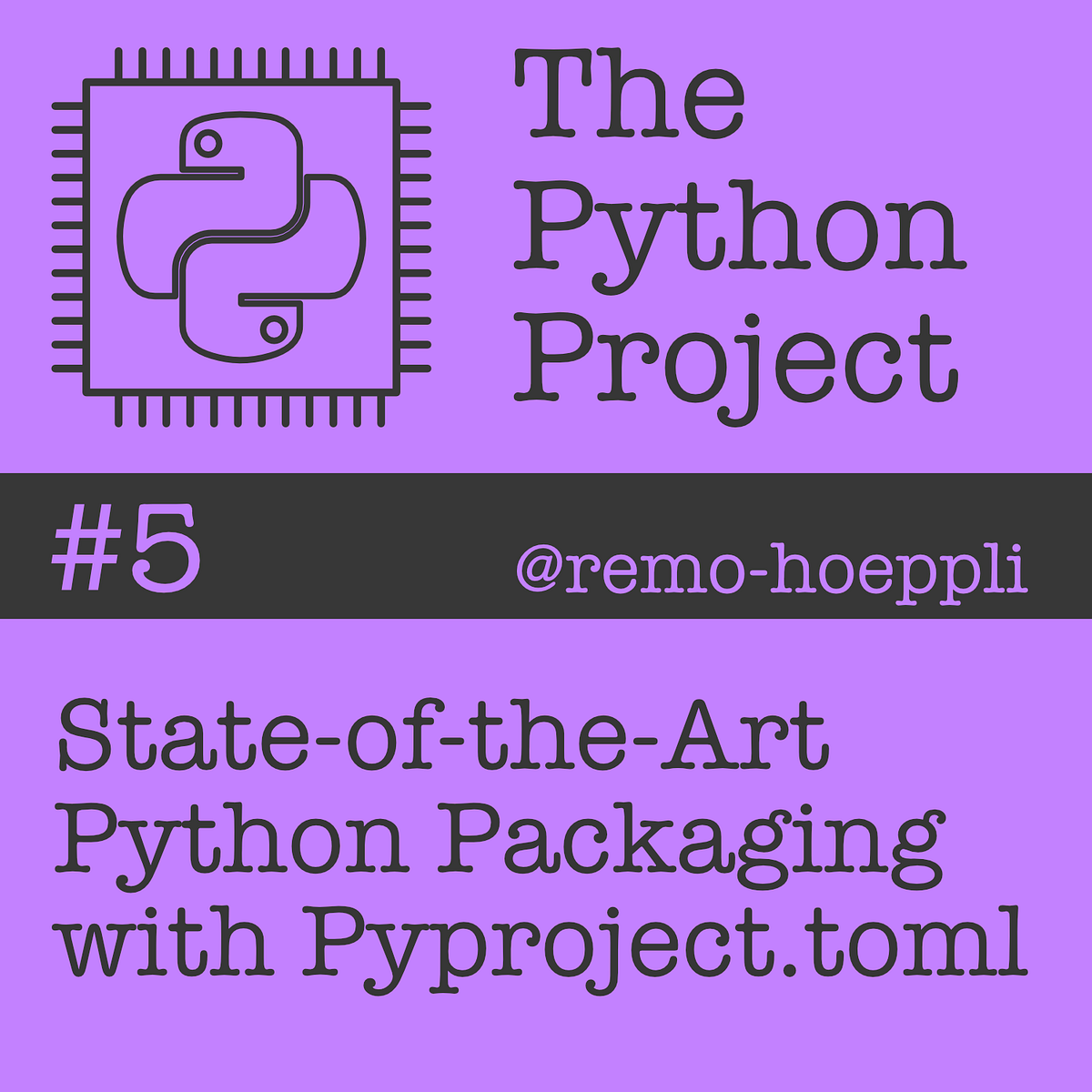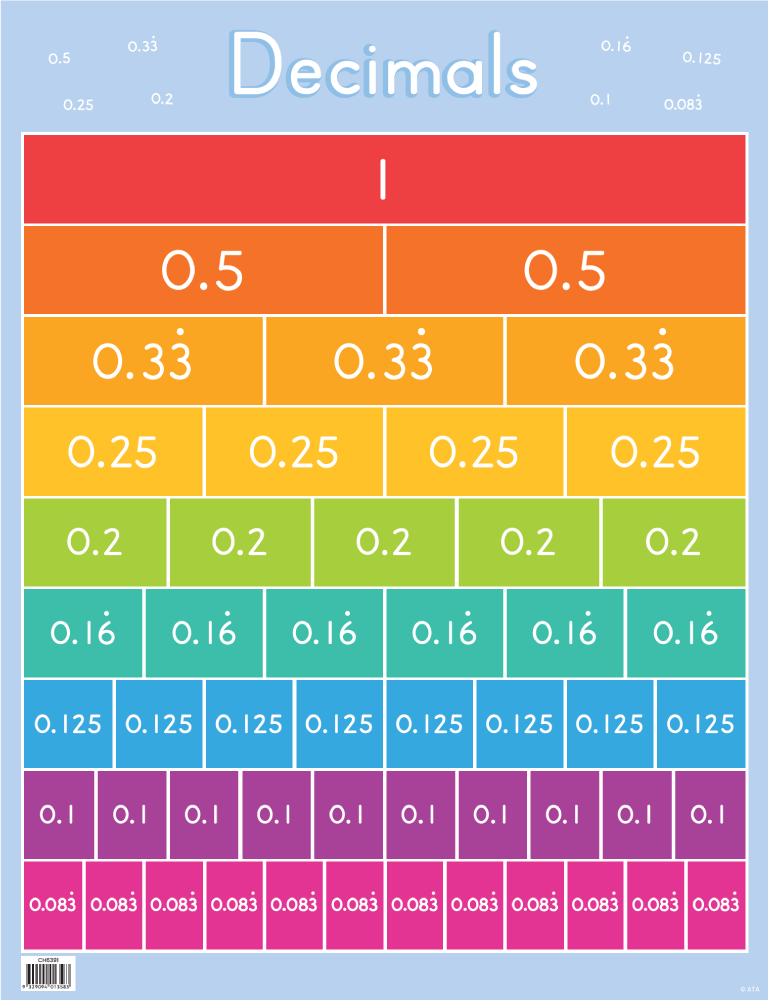Getting pyproject.toml Projects Installed

The pyproject.toml file is a powerful tool for Python developers, serving as a configuration file for build systems and packaging tools. It plays a crucial role in the management and distribution of Python projects, providing a standardized way to specify project metadata, build settings, and dependencies. In this comprehensive guide, we will delve into the process of getting pyproject.toml projects installed, covering the essential steps, best practices, and potential pitfalls to ensure a smooth and successful installation process.
Understanding the pyproject.toml File

The pyproject.toml file is at the heart of modern Python project management. It is a simple yet versatile configuration file that enables developers to define various aspects of their project, making it an indispensable tool for package authors and project maintainers.
Here's a glimpse of a basic pyproject.toml file structure:
[project]
name = "my_project"
version = "1.0.0"
description = "A sample project"
authors = [
{ name="Author Name", email="author@example.com" }
]
dependencies = [
"dependency1",
"dependency2"
]
[build-system]
requires = ["setuptools>=61.0"]
build-backend = "setuptools.build_meta"
This file contains two main sections: [project] and [build-system]. The [project] section defines the project's metadata, including its name, version, description, and dependencies. The [build-system] section specifies the build requirements and backend, ensuring a consistent build process across different systems.
Preparing the Environment

Before installing a pyproject.toml project, it’s essential to ensure that your development environment is properly set up. Here are some key considerations:
Python Interpreter
Make sure you have a compatible Python interpreter installed on your system. While Python 3.6 introduced pyproject.toml, newer versions like Python 3.9 and above offer improved support and performance. It’s recommended to use the latest stable version of Python to take advantage of the latest features and security enhancements.
Virtual Environment
Creating a virtual environment is a best practice for managing project-specific dependencies and isolating your project from system-wide packages. Tools like venv, virtualenv, or conda can help you set up a virtual environment tailored to your project’s needs.
Here's an example of creating a virtual environment using venv:
python -m venv my_env source my_env/bin/activate # On Unix-based systems my_env\Scripts\activate.bat # On Windows
Installing pyproject.toml Projects
Once your environment is prepared, you can proceed with installing pyproject.toml projects. The primary tool for this task is pip, the de facto package installer for Python.
Using pip install
The simplest way to install a pyproject.toml project is by using the pip install command. This command automatically detects the pyproject.toml file and uses it to install the project along with its dependencies.
pip install /path/to/project
Here, /path/to/project represents the local path to your project directory. pip will read the pyproject.toml file, resolve the dependencies, and install the project accordingly.
Customizing Installation Options
In some cases, you might need to customize the installation process. pip offers various options to control the installation behavior. Here are a few commonly used options:
- --editable: This option installs the project in editable mode, allowing you to make changes to the project's code without reinstalling it. It's useful for development and debugging.
- --no-deps: By default, pip installs all dependencies specified in the pyproject.toml file. However, if you want to install only the project without its dependencies, you can use the --no-deps option.
- --target: You can specify a target directory for the installation using the --target option. This is useful when you want to install the project into a specific directory, such as a virtual environment's site-packages directory.
Resolving Dependency Conflicts
One of the challenges in managing pyproject.toml projects is handling dependency conflicts. Different projects may have varying dependencies, and resolving these conflicts is crucial for a successful installation.
Using Requirements Files
A common practice to manage dependencies is to use a requirements.txt file. This file lists the project’s dependencies, and pip can use it to install the necessary packages. By maintaining a separate requirements.txt file, you can ensure consistent and reproducible installations across different environments.
Dependency Resolution Tools
For more complex projects with intricate dependency relationships, you might consider using advanced dependency resolution tools like pip-tools or poetry. These tools provide fine-grained control over dependency management, ensuring that conflicts are resolved intelligently.
Post-Installation Verification

After installing a pyproject.toml project, it’s crucial to verify that the installation was successful and that the project is functioning as expected. Here are some verification steps:
Checking Installed Packages
Use the pip list command to view the installed packages and their versions. This helps ensure that all necessary dependencies are installed and up-to-date.
Running Project Tests
If your project includes tests, running them post-installation is a good practice. This verifies that the project’s core functionality is intact and that the installation process did not introduce any issues.
Inspecting Log Files
Depending on the project’s complexity, it might generate log files during the installation process. Inspecting these logs can provide insights into any potential issues or errors that occurred during installation.
Best Practices and Recommendations
To ensure a smooth and efficient installation process for pyproject.toml projects, consider the following best practices:
- Use a Virtual Environment: Always work within a virtual environment to avoid dependency conflicts and maintain a clean and controlled development environment.
- Maintain a Requirements File: Keep a requirements.txt file updated with your project's dependencies to ensure consistent installations across different systems.
- Utilize Dependency Resolution Tools: For projects with complex dependencies, leverage tools like pip-tools or poetry to manage dependencies effectively.
- Automate Installation: If you frequently install the same set of packages, consider automating the installation process using scripts or build tools like make or CMake.
Future Considerations
As Python and its packaging ecosystem continue to evolve, it’s essential to stay updated with the latest developments. Here are some future considerations for pyproject.toml projects:
Python Packaging Ecosystem
The Python packaging ecosystem is dynamic, with new tools and practices emerging regularly. Stay informed about the latest packaging trends, such as the growing popularity of poetry and hatch, which offer more advanced project management and packaging capabilities.
Continuous Integration/Continuous Deployment (CI/CD)
Integrating your project’s installation and testing processes into a CI/CD pipeline ensures that your project remains stable and reliable as it evolves. Tools like Travis CI, GitHub Actions, or CircleCI can automate the testing and deployment of your pyproject.toml projects.
Version Control and Collaboration
Version control systems like Git are crucial for collaboration and maintaining a project’s history. Ensure that your project’s pyproject.toml file is properly version-controlled and that collaboration practices are in place to manage changes effectively.
Conclusion
Installing pyproject.toml projects is a fundamental aspect of Python project management. By understanding the pyproject.toml file, preparing your environment, and following best practices, you can ensure a seamless installation process. Remember to stay updated with the latest developments in the Python packaging ecosystem to leverage the full potential of pyproject.toml and enhance your project’s manageability and distribution.
How can I create a pyproject.toml file for my project?
+To create a pyproject.toml file, you can start with a basic template and customize it to fit your project’s needs. Here’s a step-by-step guide:
- Create a new file named pyproject.toml in the root directory of your project.
- Open the file in a text editor and add the basic structure:
[project]
name = “my_project”
version = “1.0.0”
description = “A sample project”
authors = [
{ name=“Author Name”, email=“author@example.com” }
]
dependencies = [
“dependency1”,
“dependency2”
]
[build-system]
requires = ["setuptools>=61.0"]
build-backend = "setuptools.build_meta"
</pre>
<li>Customize the <strong>[project]</strong> section with your project's details, such as the name, version, description, and author information.</li>
<li>Update the <strong>dependencies</strong> list with the packages your project relies on.</li>
<li>Save the file, and you now have a basic <em>pyproject.toml</em> file for your project.</li>
</ol>
</div>
</div>
<div class="faq-item">
<div class="faq-question">
<h3>What are the benefits of using pyproject.toml over traditional setup.py files?</h3>
<span class="faq-toggle">+</span>
</div>
<div class="faq-answer">
<p>The <em>pyproject.toml</em> file offers several advantages over traditional <em>setup.py</em> files:</p>
<ul>
<li><strong>Simplicity and Readability</strong>: <em>pyproject.toml</em> uses a simple, human-readable TOML format, making it easier to understand and maintain.</li>
<li><strong>Standardization</strong>: <em>pyproject.toml</em> follows a standardized format, ensuring consistency across projects and tools.</li>
<li><strong>Build System Agnosticism</strong>: <em>pyproject.toml</em> is compatible with multiple build systems, providing flexibility in choosing the right tool for your project.</li>
<li><strong>Dependency Management</strong>: It allows for clear and concise specification of project dependencies, making it easier to manage and update dependencies.</li>
</ul>
</div>
</div>
<div class="faq-item">
<div class="faq-question">
<h3>Can I use pyproject.toml with existing Python projects that use setup.py files?</h3>
<span class="faq-toggle">+</span>
</div>
<div class="faq-answer">
<p>Yes, you can transition existing Python projects from <em>setup.py</em> to <em>pyproject.toml</em> files. This process involves converting the project's metadata and build settings from <em>setup.py</em> to <em>pyproject.toml</em>. While it may require some effort, it is a worthwhile step to modernize your project's packaging and take advantage of the benefits offered by <em>pyproject.toml</em>.</p>
</div>
</div>
<div class="faq-item">
<div class="faq-question">
<h3>Are there any alternative tools or build systems that support pyproject.toml?</h3>
<span class="faq-toggle">+</span>
</div>
<div class="faq-answer">
<p>Yes, several alternative tools and build systems support <em>pyproject.toml</em>. Some popular examples include <strong>poetry</strong>, <strong>hatch</strong>, and <strong>flit</strong>. These tools provide additional features and capabilities beyond the basic <em>pyproject.toml</em> specification, such as advanced dependency management, automated testing, and release management.</p>
</div>
</div>



